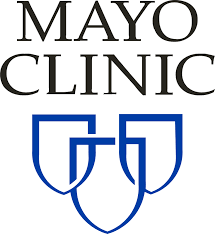
- This event has passed.
Deconstructing Difficult-to-Treat Asthma in the Age of Targeted Biologic Therapies
Sep 30, 2021
Event Navigation

- Severe asthma is defined as uncontrolled asthma despite optimal therapy and appropriate management of comorbidities; it affects up to 10% of adults with asthma
- It is now broadly classified into 2 distinct endotypes based on the level of Th2-mediated inflammation:
- T2-high asthma is driven first by epithelial alarmins, including IL-25, IL-33, and TLSP, then by Th2-cytokines, namely IL-4, IL-5, and IL-13, and may include either a robust eosinophil or allergic response
- In contrast, T2-low asthma is driven by Th1 and Th17 cells, IL-6, IL-8 and IL-17, and a neutrophilic or paucigranulocytic response
- Targets for biologic therapy for T2-high asthma include IgE, the IL-5 signaling pathway, and the IL-4R
- Omalizumab targets circulating IgE
- Mepolizumab and reslizumab target circulating IL-5
- Benralizumab targets the α subunit of the IL-5R
- Dupilumab targets the α subunit of the IL-4R, which is involved in IL-4 and IL-13 signaling
- Clinically relevant biomarkers for selecting a biologic agent include serum IgE level (omalizumab), blood eosinophil level (all 5 agents), and fraction of exhaled nitric oxide or FeNO (omalizumab and dupilumab)
- Patients with OCS-dependent asthma are also considered to have T2-high asthma; dupilumab is approved for this indication, and other biologics have demonstrated efficacy in such patients as well
- Currently no targeted therapies are approved for T2-low asthma; tiotropium, macrolide antibiotics, bronchial thermoplasty, and/or low-dose OCS may be considered




